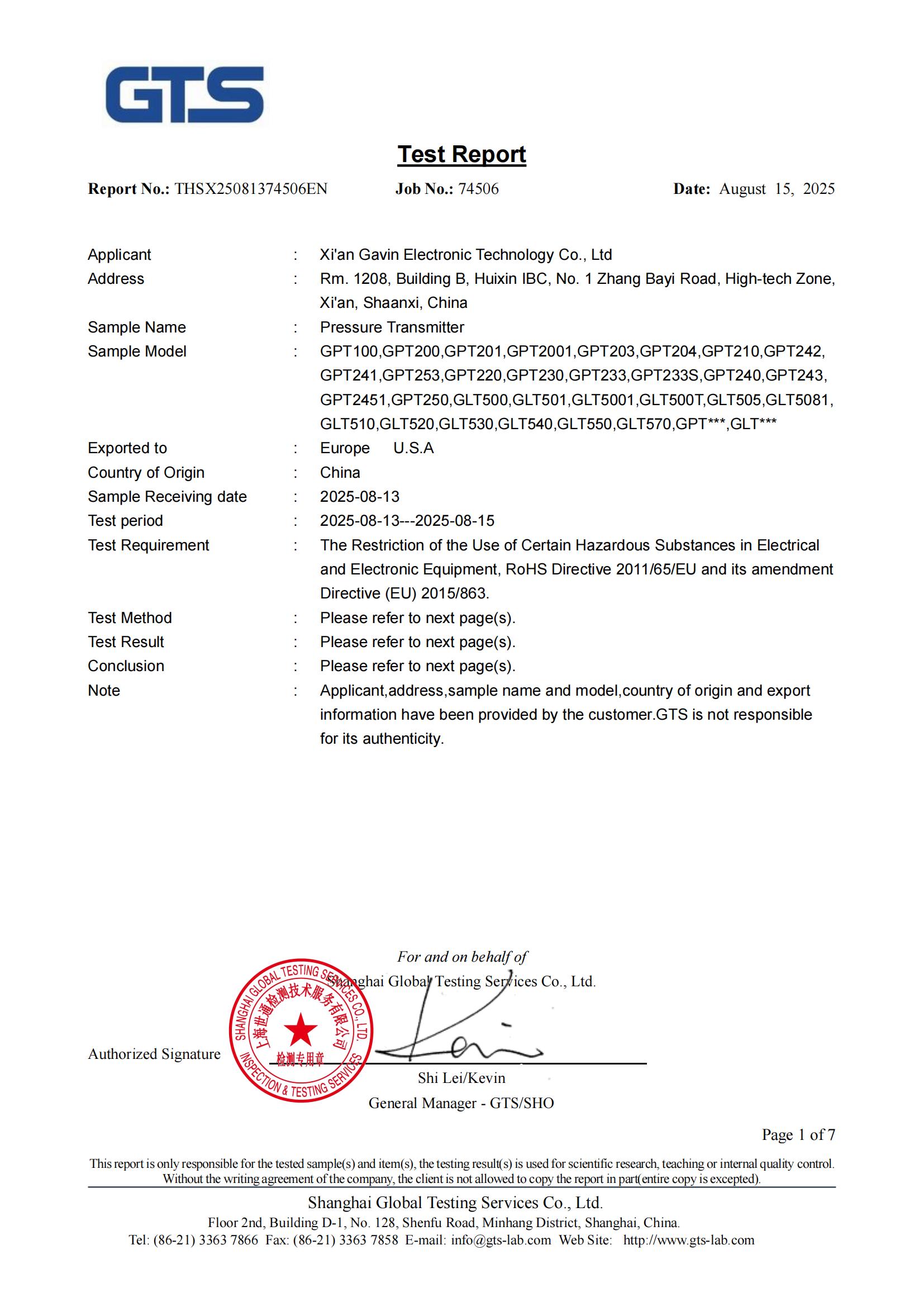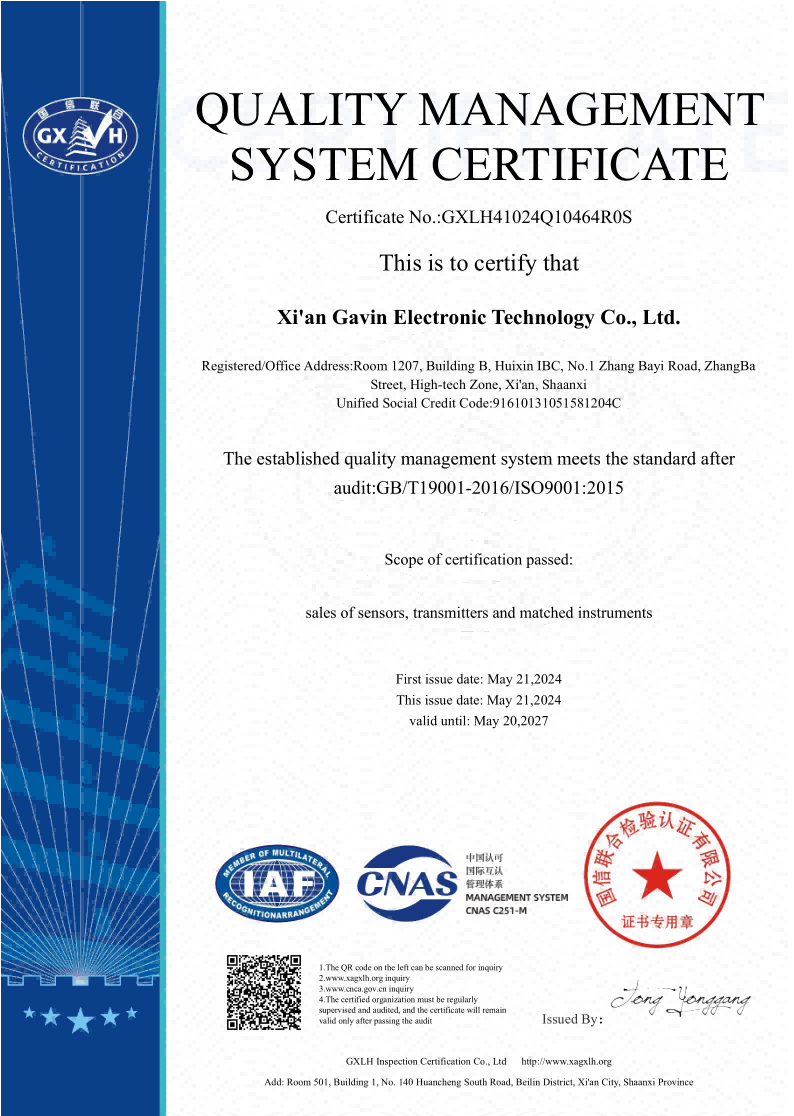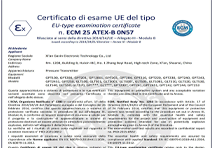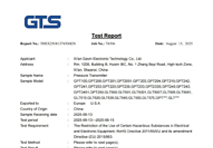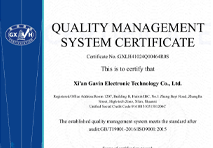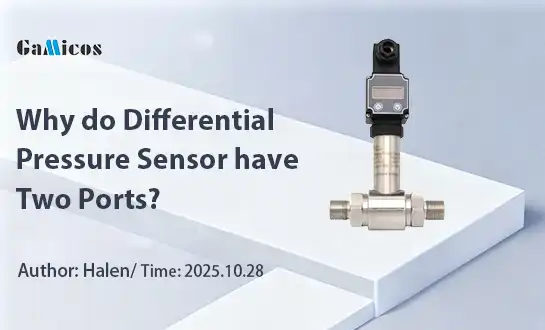Differential vs. Absolute Pressure Sensors: Key Differences
How Differential and Absolute Pressure Sensors Work?
There are two different kinds of pressure sensors: differential pressure sensors and absolute pressure sensors. Each has its own features and uses. Difference between differential and absolute pressure sensors is that differential pressure sensors measure the difference between two pressure sources, while absolute pressure sensors measure pressure in relation to a vacuum. This basic difference affects how they work, how accurate they are, and how well they work in different workplace settings. This makes the choice between them very important for getting the best results in certain measurement situations.
How Differential and Absolute Pressure Sensors Work?
What Is Differential Pressure Sensors?
Just like their name says, differential pressure sensors find the difference in pressure between two points. These sensors have two pressure ports, and each one is linked to a different source of pressure. The sensor then figures out the difference between these two pressures and gives a reading that shows the change in pressure.
The diaphragm is an important part of many differential pressure sensors. There is a flexible membrane between the two pressure tanks that bends depending on the difference in pressure. The bend is then turned into an electric signal, which can be used to calculate and show the pressure. This is usually done with strain gauges or capacitive sensors.
One example is GAMICOS's GPT250 series integrated differential pressure sensor, which has an OEM silicon piezoresistive oil-filled core. Because this new technology makes pressure readings very accurate and stable, it can be used in a lot of different situations.
What Is Absolute Pressure Sensors?
Absolute pressure monitors, on the other hand, measure pressure in relation to a vacuum. The reference chamber of these instruments is sealed and holds a nearly perfect vacuum. Pressure is acting on one side of the diaphragm of the sensor, and vacuum is acting on the other side.
In this setup, absolute pressure monitors can give a correct reading of pressure no matter what the weather is like outside. The output from the sensor is directly related to the force that the recorded pressure has on the vacuum reference.
Piezoresistive or capacitive measuring elements are frequently used in absolute pressure sensors, which are similar to differential pressure sensors. To account for the vacuum reference, their build and calibration are different, though.
Key Operational Differences
The most important difference between differential and absolute pressure monitors is where they measure pressure. Absolute pressure sensors compare the pressure they record to a fixed vacuum reference, while differential pressure sensors compare two active pressure inputs.
The difference between them has big effects on how they work and what they can be used for:
- Differential pressure sensors are great at tracking small differences in pressure and are less affected by changes in the air pressure around them.
- Absolute pressure monitors give you a constant point of reference, which makes them perfect for situations where changes in atmospheric pressure are big.
- Differential pressure sensors can read both positive and negative pressure differences. Absolute pressure sensors, on the other hand, can only read positive pressure differences because pressure can't be lower than a vacuum.
It is very important to understand these practical differences in order to choose the right type of sensor for your measurement needs.
Impact on Performance and Real-World Applications
Performance Characteristics of Differential Pressure Sensors
Differential pressure monitors have a number of benefits that make them stand out:
- High Sensitivity: They can pick up on very small changes in pressure, which makes them perfect for exact measurements in situations like finding leaks or monitoring flow.
- Versatility: Differential pressure monitors can measure both positive and negative pressure differences, so they can take readings in both directions.
- Not affected by Common Mode Pressure: Since the weather at both places is the same, changes in the ambient pressure don't affect them as much.
Because of these features, differential pressure sensors are very useful in situations where small changes in pressure are important. By measuring the pressure drop across the filter, differential pressure sensors, for instance, can precisely track the condition of an air filter in HVAC systems.
Performance Attributes of Absolute Pressure Sensors
Absolute pressure monitors have their own set of advantages when it comes to performance:
- Consistent Reference: The vacuum reference gives a stable starting point for measurements that is not changed by changes in the air.
- They can measure pressures from almost nothing to very high levels, so they can be used for a wide range of tasks.
- Ease of use: Absolute pressure sensors can be easier to set up and keep up with because they only need one pressure input.
Absolute pressure monitors are great for situations where changes in atmospheric pressure are big or where accurate pressure readings are needed because of these qualities. For example, absolute pressure sensors give exact readings of altitude based on atmospheric pressure in altimeters used in aviation.
Real-World Applications and Industry Impact
Picking between differential and absolute pressure sensors can have big effects on many fields, including:
1. Process Control: Differential pressure sensors are commonly used to measure flow in pipes in the chemical and petrochemical industries. Our GAMICOS GPT250 line is perfect for these harsh environments thanks to its 316L and Hastelloy C276 diaphragm, which doesn't rust.
2. Medical Devices: Medical ventilators need absolute pressure sensors to correctly measure and control the air pressure that is given to patients.
3. flight: Both types of sensors are used in flight. Absolute pressure sensors are used in altimeters and engine control systems, while differential pressure sensors check the air pressure in the vehicle.
4. Predicting the weather: Absolute pressure monitors are necessary in barometers to measure atmospheric pressure, which is a key part of predicting the weather.
5. In cars, differential pressure sensors keep an eye on fuel injection systems and the recirculation of exhaust gas, while absolute pressure sensors are used in engine control systems.
Picking the right type of monitor has effects that go beyond just getting accurate measurements. It changes how well, safely, and efficiently the system works in these important situations.
Choosing the Right Sensor for Your Measurement Needs
Things to Think About When Choosing Pressure Sensors
When choosing between differential and absolute pressure monitors, there are a few things that need to be carefully thought through:
• Measurement Range: Think about the lowest and highest forces you need to find. When the pressure is low, differential pressure sensors usually work best, but absolute pressure monitors can handle a wider range.
• Conditions of the environment: Check the temperature, humidity, and possible exposure to corrosive substances in the working area. For example, the GPT250 line is very resistant to corrosion in harsh industrial settings.
• Needs for Accuracy: Figure out what amount of accuracy you need for your task. Some differential pressure sensors can find very small differences in pressure, which could be very important in some situations.
• System Compatibility: Make sure that the sensor's output signal (4-20mA, Modbus, etc.) works with the systems or controls you already have.
• Installation Limits: Think about how much room you have and how easy it is to install. Differential pressure monitors need two different pressure inputs, which could change how the pipes or system are designed.
You can make an informed choice that fits your measurement needs by carefully considering these factors.
Application-Specific Recommendations
There are times when one type of pressure monitor works better than another:
1. Flow Measurement: Differential pressure sensors are usually the best way to measure flow in lines or ducts. To find the flow rate, you can use the change in pressure across a blockage, such as an orifice plate.
2. Level Reading in Pressurized Tanks: A differential pressure sensor can find the hydrostatic pressure of the liquid stream while taking into account the internal pressure of the tank.
3. Measurement of altitude: Absolute pressure sensors are the best choice for altimeters because they give accurate numbers no matter what the weather is like because they don't change the atmospheric pressure.
4. Processes that use vacuums: Absolute pressure sensors give more exact and useful readings in vacuum chambers and vacuum packaging.
5. HVAC Systems: Differential pressure sensors are often used to check the state of air filters and make sure that buildings have the right amount of air flow.
Remember that these suggestions are just suggestions; every application is different. You can make sure you choose the best monitor for your needs by talking to experts in pressure measurement, such as those at GAMICOS.
Future Trends in Pressure Sensor Technology
Pressure sensor technology is always changing. Here are a few new trends that might affect your choice between differential and absolute pressure sensors in the future:
• Miniaturization: Both types of sensors are getting smaller, which means they can be built into smaller gadgets and used in new ways.
• Higher Sensitivity: Better materials and production methods are making sensors more sensitive. This is especially helpful for differential pressure sensors used in low-pressure situations.
• Smart Sensors: Putting microprocessors inside sensors makes it possible for them to process signals on-board, diagnose themselves, and be easier to calibrate for both differential and absolute pressure sensors.
• Wireless Connectivity: The Internet of Things (IoT) is making wireless pressure sensors more common, which makes it easier to collect data and keep an eye on things from afar.
• Multi-Variable Sensors: Some new sensors can record more than one thing at the same time, like pressure, temperature, and humidity. This means that you might not need separate differential and absolute pressure sensors in some situations.
As these technologies get better, they might make it harder to tell the difference between differential and absolute pressure sensors. This could lead to more flexible options that can meet a wide range of measurement needs.
Conclusion
In conclusion, there is no one right way to choose between differential pressure sensors and absolute pressure sensors. It is best to use one type over another because each has its own strengths and weaknesses. Differential pressure monitors are great at measuring differences in pressure and are less affected by changes in the atmosphere. This makes them perfect for measuring flow, keeping an eye on filters, and checking levels in pressurized systems. On the other hand, absolute pressure sensors give a constant point of reference and are very important in places where real pressure values are needed, like in altimeters and weather tracking gear.
To make the right choice, you need to fully understand your application needs. You should think about things like measurement range, weather conditions, accuracy needs, and system compatibility. As pressure monitor technology keeps getting better, we can expect even more complex and useful options that could make it easier to measure pressure accurately in a lot of different fields and situations.
Expert Pressure Measurement Solutions - GAMICOS
At GAMICOS, we're experts at offering cutting-edge ways to measure pressure and liquid level. The GPT250 series differential pressure sensor is one of our many high-quality options. It is made of materials that don't rust and can handle high pressures. We can make solutions just for a wide range of businesses, from chemical processing to monitoring water quality. With our focus on the customer, professional technical help, and full after-sales service, we make sure that the sensor works perfectly for your needs. Contact us at info@gamicos.com to get help deciding between differential and absolute pressure sensors or to learn more about our OEM/ODM services.
References
1. Johnson, A. (2022). "Pressure Sensor Technologies: A Comprehensive Review." Journal of Sensor Technology, 18(3), 245-260.
2. Smith, B. & Lee, C. (2021). "Applications of Differential Pressure Sensors in Industrial Process Control." Industrial Measurement Systems, 9(2), 112-128.
3. Garcia, M. et al. (2023). "Advancements in Absolute Pressure Sensing for Aerospace Applications." Aerospace Engineering Review, 37(1), 78-95.
4. Thompson, R. (2020). "Comparative Analysis of Differential and Absolute Pressure Measurement in HVAC Systems." Building Technology and Management, 14(4), 301-317.
5. Yamamoto, K. (2022). "Future Trends in Pressure Sensor Miniaturization and Integration." Microelectronics Journal, 28(6), 489-503.

Ivy
Ivy, product consultant, has focused on sensor consultation for ten years, is proficient in providing pressure and level measurement solutions for customers.
We're here to help — submit your request anytime!
Let us know how we can help solve your pressure level measurement challenge.
Recommended Blog
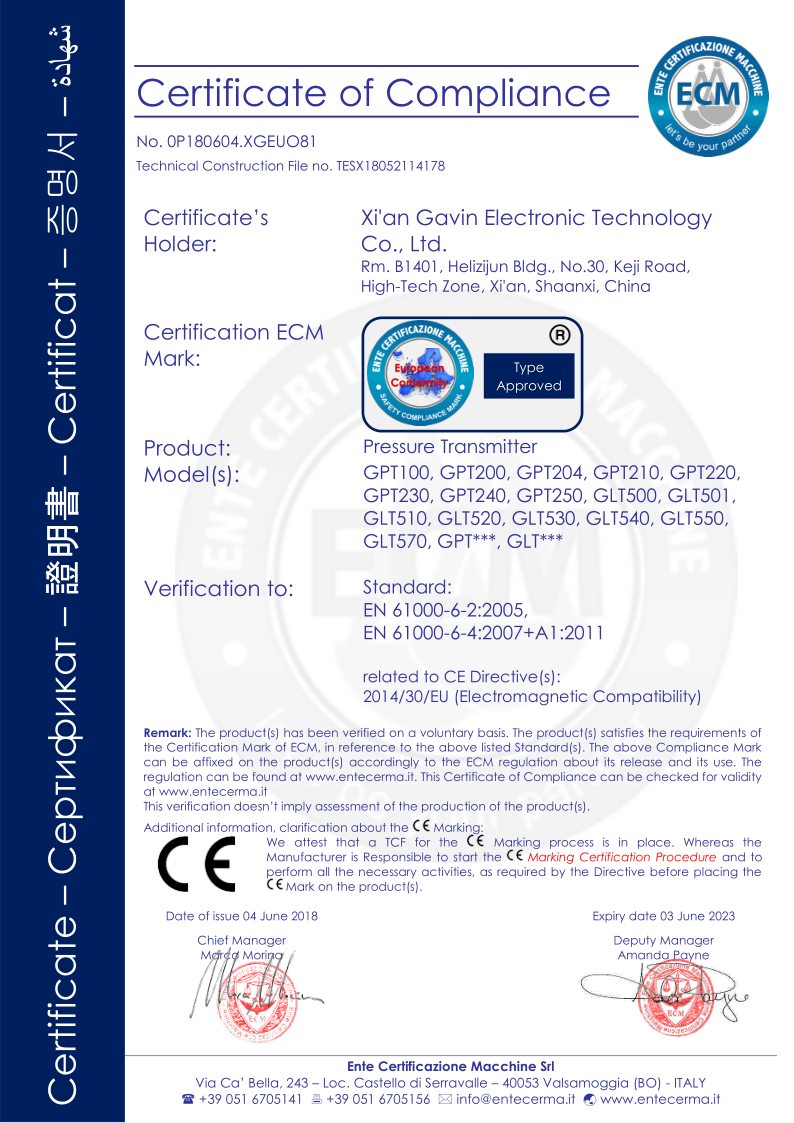
_1757930850792.jpg)
